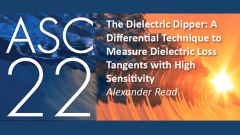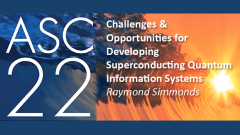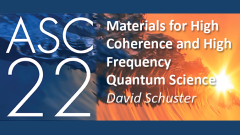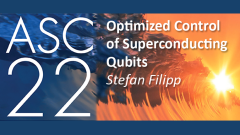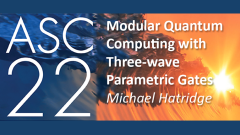The compound MgB2 (Tc = 39K) occupies an intermediate position between LTS and HTS superconductors. It is a two-band superconductor with a complex, non-BCS behavior of the anisotropic properties as a function of magnetic field and temperature. On the other hand, some properties can be described by a conventional phonon-mediated mechanism of superconductivity. The application range of this material is restricted by its low irreversibility field, which does not exceed 25T, even in wires with carbon additives. However, for intermediate fields and T 25K this disadvantage with respect to HTS materials is compensated by production costs being more than one order of magnitude lower (< 3$/kAm): for selected applications, MgB2 appears thus increasingly as an alternative solution to HTS materials. Various powder metallurgical approaches are known for the fabrication of multifilamentary MgB2 wires up to lengths beyond 10 km. It has been found that the optimization of Jc in wires requires nanosize powders (this holds particularly for B as well as for carbon dopants). An additional requirement is a high mass density in the filaments, leading to enhanced grain connectivity. The presently applied processing techniques are reviewed. The first industrial application of MgB2 was the production of open-sky MRI magnets operating at 20K. The great potential of this material for the transmission of electrical power has been recently demonstrated at CERN, where a 20 meter MgB2 cable carrying 20 kA in He gas at 24K was successfully tested in view of current leads for the High-Luminosity LHC project. In the Ignitor fusion project, the two outer poloidal field coils will be based on MgB2 strands. Future projects will also include LH2 cooled MgB2 cables: a first MgB2 cable carrying 3 kA at 20K has already been successfully tested in Moscow. Recently, a new hybrid energy storage concept, has been proposed at KTI (D), which combines the use of liquid hydrogen as the bulk energy carrier with superconducting magnetic energy storage (SMES). With the expected increase of the share of renewable power in the energy mix, efficient long distance electricity transport infrastructure has become a strategic priority: MgB2 cables as an alternative to standard HVDC (High Voltage Direct Current) power lines are under study. Finally, calculations have shown that MgB2 would be the most cost-effective option in view of large rotating machines, e.g. wind turbine generators at 5 MW. Cost-efficiency is the driving force behind the future applications of MgB2, which will be briefly presented.
Advances in MgB2 Conductors (2014)
 Cart
Cart Create Account
Create Account Sign In
Sign In
